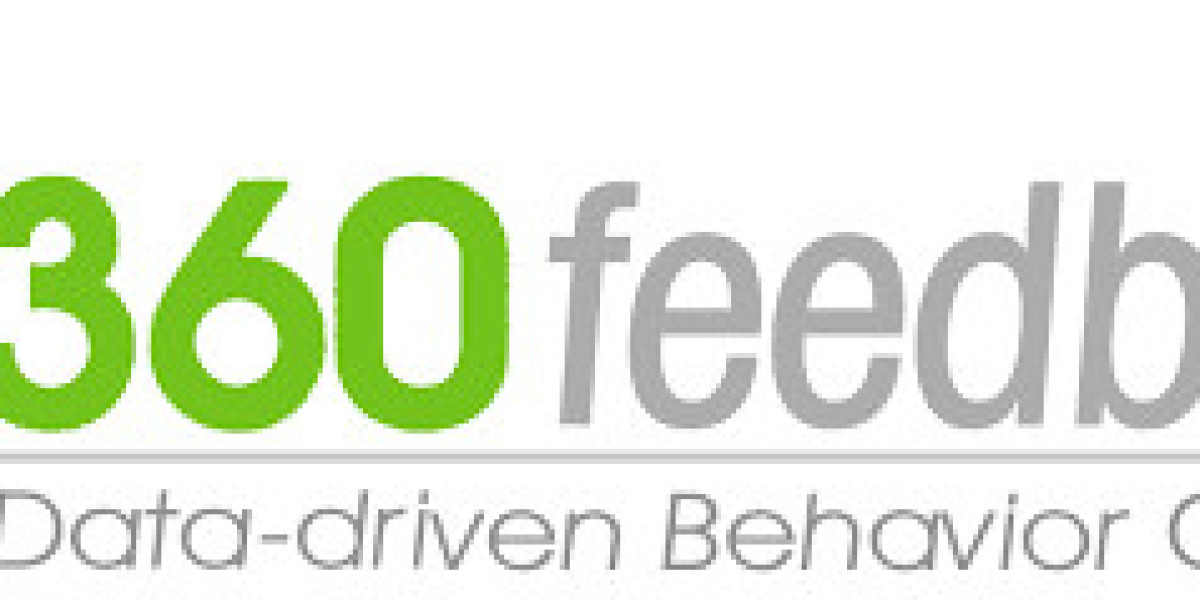In the dynamic landscape of human resources (HR) and leadership development, the 360-degree assessment stands as a cornerstone, offering valuable insights into employee feedback and leadership effectiveness. This comprehensive guide aims to demystify the concept of 360 degree assessment, exploring its significance, implementation, and impact on organizational growth. Dive into the realm of multisource evaluations, performance reviews, and professional development strategies to understand how 360-degree assessments shape the future of HR practices and leadership coaching.
Understanding the 360-Degree Assessment:
At its core, a 360-degree assessment, also known as multisource feedback or multi-source assessment, provides a holistic view of an individual's performance and behaviour by gathering feedback from multiple sources within the organization. These sources typically include supervisors, peers, direct reports, and sometimes external stakeholders, such as clients or customers. By collecting input from diverse perspectives, the assessment aims to offer a comprehensive understanding of an individual's strengths, weaknesses, and areas for development.
The Significance of 360-Degree Assessment in HR:
360-degree assessments play a pivotal role in HR functions, serving as a robust tool for performance evaluation, talent development, and succession planning. By incorporating feedback from various stakeholders, HR professionals gain valuable insights into employee competencies, leadership potential, and areas for improvement. Moreover, 360-degree assessments facilitate a culture of continuous feedback and learning within organizations, fostering employee engagement, satisfaction, and retention.
The Role of 360-Degree Assessment in Leadership Development:
For leaders and aspiring executives, 360 feedback serves as a vital component of leadership development initiatives. By receiving feedback from multiple perspectives, leaders gain a comprehensive view of their leadership style, communication skills, and interpersonal effectiveness. This self-awareness enables leaders to identify blind spots, leverage strengths, and cultivate key competencies essential for driving organizational success. Additionally, 360-degree assessments provide a roadmap for targeted leadership development interventions, coaching, and mentoring.
Implementing a Successful 360-Degree Assessment Process:
To ensure the effectiveness of a 360-degree assessment process, organizations must adhere to best practices and guidelines. This includes defining clear objectives, selecting appropriate assessment tools, and establishing a supportive feedback culture. Furthermore, training participants, ensuring confidentiality, and providing actionable feedback are crucial elements for successful implementation. Organizations should also emphasize the importance of follow-up activities, such as goal setting, action planning, and ongoing support for development initiatives.
Navigating Challenges and Maximizing Benefits:
While 360-degree assessments offer numerous benefits, they also present challenges that organizations must navigate effectively. Common challenges include resistance to feedback, rater bias, and concerns regarding confidentiality and trust. Addressing these challenges requires proactive communication, training, and transparent processes. By overcoming these obstacles, organizations can harness the full potential of 360-degree assessments to drive employee engagement, professional growth, and organizational performance.
The Future of 360-Degree Assessment:
As organizations continue to evolve, so too will the role of 360-degree assessments in shaping HR practices and leadership development strategies. With advancements in technology, such as artificial intelligence and data analytics, the assessment process is expected to become more streamlined, personalized, and data-driven. Additionally, the integration of qualitative and quantitative feedback, along with real-time monitoring and feedback mechanisms, will further enhance the effectiveness of 360-degree assessments in driving organizational growth.
Conclusion
The 360 degree assessment stands as a cornerstone in HR and leadership development, offering a comprehensive view of employee performance and leadership effectiveness. By integrating multisource evaluations into performance reviews and professional development strategies, organizations can foster a culture of continuous feedback, learning, and improvement. As organizations embrace the transformative power of 360-degree assessments, they position themselves for success in the ever-evolving landscape of talent management and organizational development.








